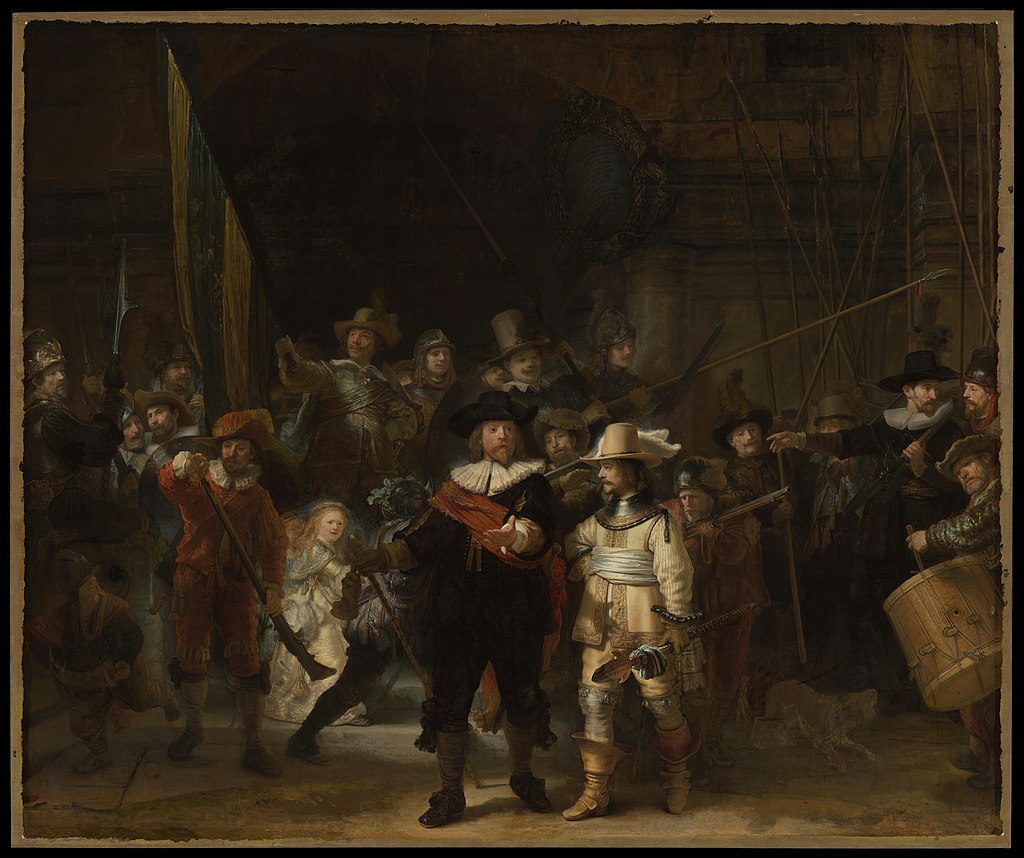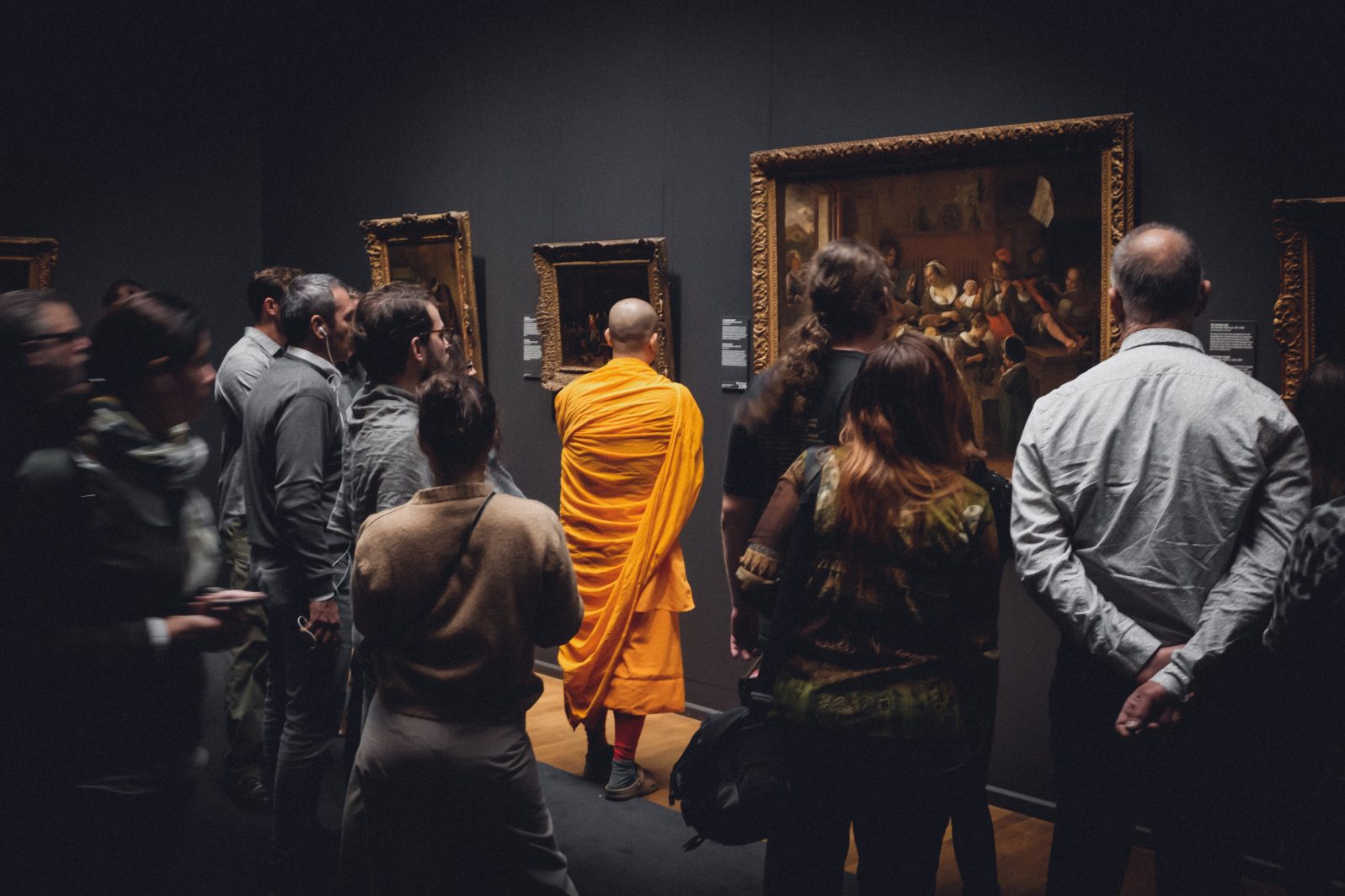AI Restores Lost Parts of Rembrandt’s Night Watch
The iconic painting’s edges were cut off to fit a certain space in a town hall in 1715 and the cut parts were never recoveredThe Dutch painter Rembrandt van Rijn (1606–1669) is practically synonymous with the Old Masters school of painting in the Western world. But one of his paintings did not fare well over the years. As Isis Davis-Marks at the Smithsonian Magazine tells it,
In 1642, Rembrandt van Rijn completed a dynamic painting called The Night Watch, which depicts the captain of an Amsterdam city militia urging his men into battle. But in 1715 someone cut all four sides of the canvas to hang it on a wall in Amsterdam’s Town Hall, and the strips seemingly vanished into thin air.
Isis Davis-Marks, “Lost Edges of Rembrandt’s ‘Night Watch’ Are Restored Using Artificial Intelligence” at Smithsonian Magazine (June 25, 2021)
Here’s what’s left:

But AI, able to compute a vast number of possibilities in a short period of time, can help restore the lost portions. So a restoration project was begun in 2019:
The museum always knew the original, uncut, painting was bigger, in part thanks to a far smaller copy painted at the same time that is attributed to Gerrit Lundens.
Researchers and restorers who have painstakingly pored over the work for nearly two years using a battery of high tech scanners, X-rays and digital photography combined the vast amount of data they generated with the Lundens copy to recreate and print the missing strips.
“We made an incredibly detailed photo of the Night Watch and through artificial intelligence or what they call a neural network, we taught the computer what color Rembrandt used in the Night Watch, which colors, what his brush strokes looked like,” Dibbits said.
The machine learning also enabled the museum to remove distortions in perspective that are present in the Lundens copy because the artist was sitting at one corner while he painted Rembrandt’s painting.
Mike Corder, “Rembrandt’s huge ‘Night Watch’ gets bigger thanks to AI” at Associated Press (June 24, 2021)
The AI didn’t fill in any imaginative details. It simply computed the way the copy by Lundens would likely have been originally rendered by Rembrandt, based on calculations based on the large, existing painting. Although the restoration will likely spark debates among art critics, it is a plus for the art enthusiast.
Note: The featured photo is by antonio molinari on Unsplash
Here are some other ways AI is opening up our ancient past by assuming vast technical chores, thus rendering answers sooner and more affordably:
How a searchable database is helping decipher a lost language on which scholars had almost given up hope. (Minoan A)
Does AI challenge Biblical archeology? Sadly, many surviving documents are so damaged that they cannot be read using traditional methods. The more scrolls are deciphered using new AI methods, the more archeologists will have to study and write about.
How much can new AI tell us about ancient times? An ambitious new project hopes to use the predictive text that cell phones use to unlock their stories. Researchers face conundrums when using neural networks to figure out what people in the ancient past were thinking.
and
Can AI prove that Shakespeare had ghostwriters? An author’s unique style is like a fingerprint. AI can fill it in. Turning AI loose on some of these vexing problems should give literary scholars more to write about rather than less. The AI verdict may not always be right but it is bound to be food for thought.
